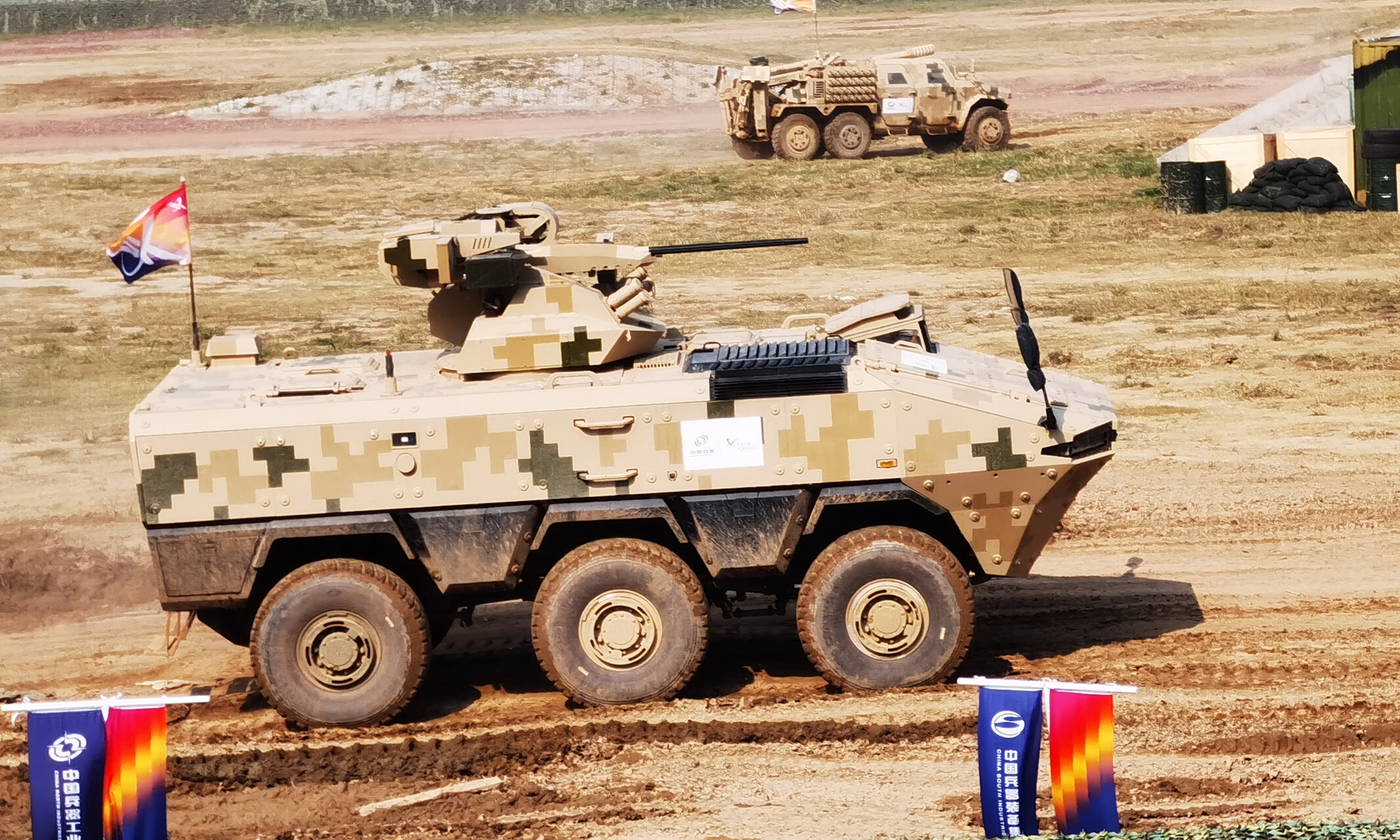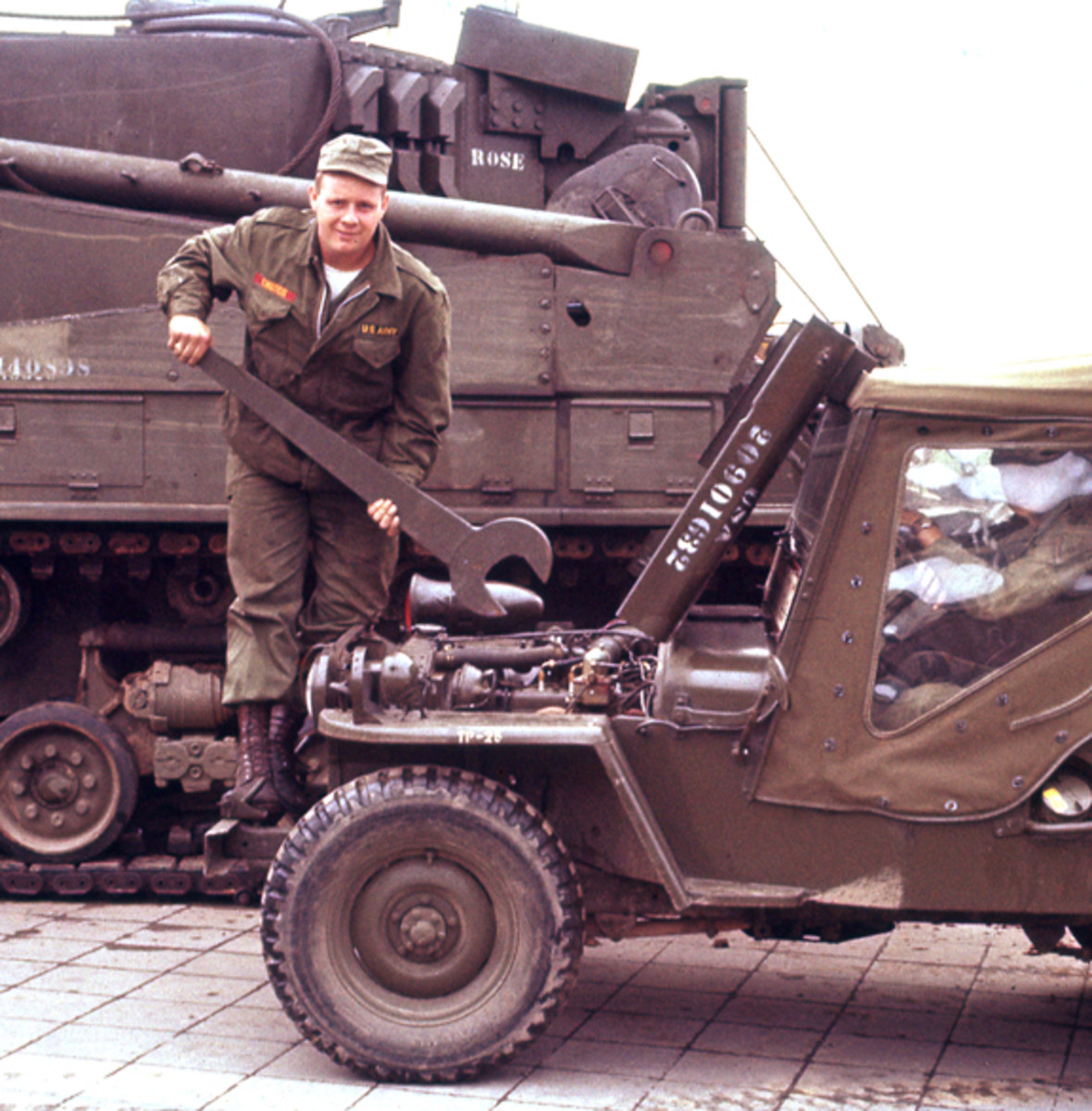Wheeled Military Vehicles - Military Industry: What Technologies Will Enhance Our Ability to Electrify the Tactical Edge? Electric on the Army's Horizon Tactical three-wheelers must adapt to the commercial market to establish and sustain the industry.
GM Defense integrates electric technology with GM battery production in military vehicle and showcases All-Electric Military Concept Vehicle at AUSA 2021. Photo courtesy of GM Defense.
Wheeled Military Vehicles

With the new CONOPS required for great power competition; The Government Accountability Office (GAO) is meeting to determine what industry needs to help modernize their tactical three-wheeled vehicles (TWVs).
Top Russian Military Vehicles You've (probably) Never Heard Of (photos)
The technologies have been pioneered in the commercial auto/truck industry. These technologies include: active safety systems to assist the driver such as collision avoidance; condition-based maintenance and preventive measures for vehicle monitoring; self management; both semi-autonomous (driver-assisted) and fully autonomous (driverless); fuel to increase fuel efficiency; Lubricants and Emission Control Technology; Advanced manufacturing that includes integrated and additive manufacturing.
Performance The electrification of vehicles encompasses many of the modern advances sought by the military—electric or hybrid-electric powertrains; An electric or hybrid electric powertrain from start-stop technology for reduced fuel demand and quieter hours; spare parts, Replacement of diesel generator sets and micro-grid multiple vehicles to provide electricity during natural calamities. To simplify, In other words, This means that soldiers have greater maneuverability in silent surveillance operations. Additionally, the low acoustic signature provided by the battery technology enables stealth capability.
A key to the introduction of electrification and other developments in the TWV was the use of technological advances in commercial industries. According to a July 2021 GAO report titled Tactical Wheeled Vehicles: The Army must regularly update its strategy and improve communication with industry.
For example, recent Army RFIs (requests for information) and new heavy tactical trucks. Look to the industry to identify products that will leverage commercial investment, which can inform the development of TWVs and others.
Historic Military Vehicle Glossary
"Military officials are increasingly open to seeking a more customizable approach rather than a custom-built solution," the GAO report said. "For example, In search of the new Common Tactical Truck and Light Electric Reconnaissance Vehicle; Military information requests are looking for commercially available solutions before asking for specific needs and capabilities, such as autonomous and hybrid or fully-electric trains."
Based on GAO's Army records and interviews with leaders, GAO reports that a healthy truck and auto industry base can provide the capabilities the Army is seeking for its TWVs. By leveraging commercial technologies for military requirements, the Army can quickly deploy new capabilities as the industrial base adapts to evolving Army TWV requirements.
To put these technological advances into tactical situations; The GAO recommended that the Army should seek opportunities to consult with industry to ensure that the military does not deviate from the commercial market to the extent that the TWV fleet is no longer able to maintain market share.

GM Defense embraces this philosophy, fostering better collaboration and knowledge sharing between the military and industry. The first fruit of that work is a nine-person infantry vehicle (ISV) produced under a $214 million Army contract awarded to GM Defense in 2020. The ISV is based on the Chevrolet Colorado ZR2 truck.
Danish Army Receives First Piranha 5 And Eagle 5 Wheeled Armoured Vehicles
"It is clear that we will continue to support our defense customers' needs for advanced, efficient, diesel, internal combustion engines," said GM Defense Secretary Steve duMont. "At the same time, we support their needs and drive the change to alternative power and propulsion systems that include battery charging."
"Both electric and internal-fuel-engine vehicles have been in the defense market for a long time, and we're here to support both fleets," said duMont, noting that GM Defense is already adapting to electric of ISV and showed the so-called All-Electric Military Concept Vehicle at the AUSA 2021 show in October. GM Defense took just three months from concept to completion by replacing the internal combustion engine of the conventional nine-person ISV with GM's current generation of battery electric motors. The company received valuable feedback from the testing community so that the engineering team could improve future electrical designs to better meet the needs of Soldiers. The demonstration vehicle is closer to GM Defense's plan to develop an ecosystem that can power the bases and power the tactical edge.
Part of that ecosystem is dealing with how to charge vehicles at off-road stations and installations, and working on tactical content in extreme environments. Technically, the basic environment can be easily addressed by installing electric charging stations and infrastructure that supports rear-echelon operations where soldiers plug in their vehicles at the end of the day .
Electric-vehicle operation at the tactical edge is another matter. Opportunities to plug in and recharge vehicles are non-existent or rare - think Afghanistan. This is where the battery, Energy storage and energy management will be key. GM's defense leaders believe the problem can be solved if a customer is willing to provide an all-electric solution.
This Street Legal 8x8 Amphibious Apc Is Ready For The Apocalypse
As said, The tactical edge is the operating environment where commercial-industrial development can provide better batteries that are more valuable for military operations.
Ultium Cells LLC and Li-Cycle have signed an agreement to recycle up to 100 percent of the raw materials left over from the manufacture of battery cells. Each General Motors Ultium battery module contains 24 battery cells. Each GM Ultium platform, which will be used in future vehicles such as the GMC HUMMER EV Pickup and SUV and the Cadillac LYRIQ, has six to 24 battery modules. Photo courtesy of GM Defense.
This is an area of particular strength for GM Defense's parent company, General Motors (GM), which has been pioneering automotive electrification for more than two decades. Most importantly, the third-generation Ultium battery technology, as well as energy storage technology research; Engineering and development. The Ultium EV battery offers a nearly four-fold improvement over current generation battery technology, capable of driving over 300 miles on a full charge.

Through the latest research advances in electrochemistry and related disciplines, the work of GM and others has doubled battery capacity in the past 10 years and is expected to double again in the next decade.
High Mobility Multipurpose Wheeled Vehicle (hmmwv)
"We see breakthroughs in battery technology happen every few years, and we're committed to our investment to stay ahead of that development," said Jim Khoury, GM's director of new development. in business for outside sales and product engineering. GM recently announced a $35 billion investment in vehicle electrification and autonomy.
"Our manufacturing processes are rapidly evolving to create more reliable batteries," Khoury said. "We're changing electrochemistry not just for performance, but for economy."
"With the Ultium technology, we've developed the ability to scale significantly," Khoury said. "We are exploring the possibility of scaling everything from compact SUVs to off-road vehicles like the GMC HUMMER EV to military vehicles and commercial applications like the BrightDrop EV600."
For the electrical and battery development disciplines, the challenge is half engineering and half manufacturing. Both were absolutely necessary to succeed in the decades-long frenzied quest for better and better electrification.
Ten Military Vehicles With Insanely Torquey Engines
To address engineering and manufacturing challenges, GM announced last year that it is investing in two battery cell manufacturing plants through a joint venture with LG Energy Solutions. This is the core of GM; It takes basic manufacturing and engineering processes to make battery cells and bring them in-house.
"We are investing from the ground up to build GM Defense's scalable capabilities for their applications," Khoury said. "They're getting the same high-volume, high-quality automotive-grade product, but aimed at a military customer."
So that the GM and the GM Secretary of Defense respond to the mission outcomes that the military demands today and wants in the not-too-distant future. The Army has not yet released a roadmap for how it will introduce electric power to the fleet, but has expressed interest in stealth surveillance and stealth operations.

To assist The GM runs simulated missions for the Army and Marines, and these mission times, Mission power and mission range can be assessed by today's technology capabilities. GM also used predictive analysis to show how similar devices could perform with upgraded future technology.
Military Vehicles Designed To Deploy Loitering Munitions
Khoury said, “နာု်န်င်င်င်င်းင်င်င်းင်းင်းင်းင်းင်းင်က်းင်, That's why GM Defense is following the parent company's strong EV investment in GM technology and its future mission. Because military vehicles often operate in extreme conditions and carry high loads, the choice is important to ensure RunFlat. அத்துக்குக்கு பாயுக்கள்
Our military RunFlats can be installed and removed from military vehicles without special equipment. ក្រង្រង្រ្រ្រ្រ្រេ
Four wheeled vehicles, 8 wheeled military vehicles, 3 wheeled vehicles, 4 wheeled vehicles, us military wheeled vehicles, three wheeled electric vehicles, 3 wheeled utility vehicles, army wheeled vehicles, 6 wheeled military vehicles, two wheeled vehicles, one wheeled vehicles, three wheeled vehicles


0 Comments